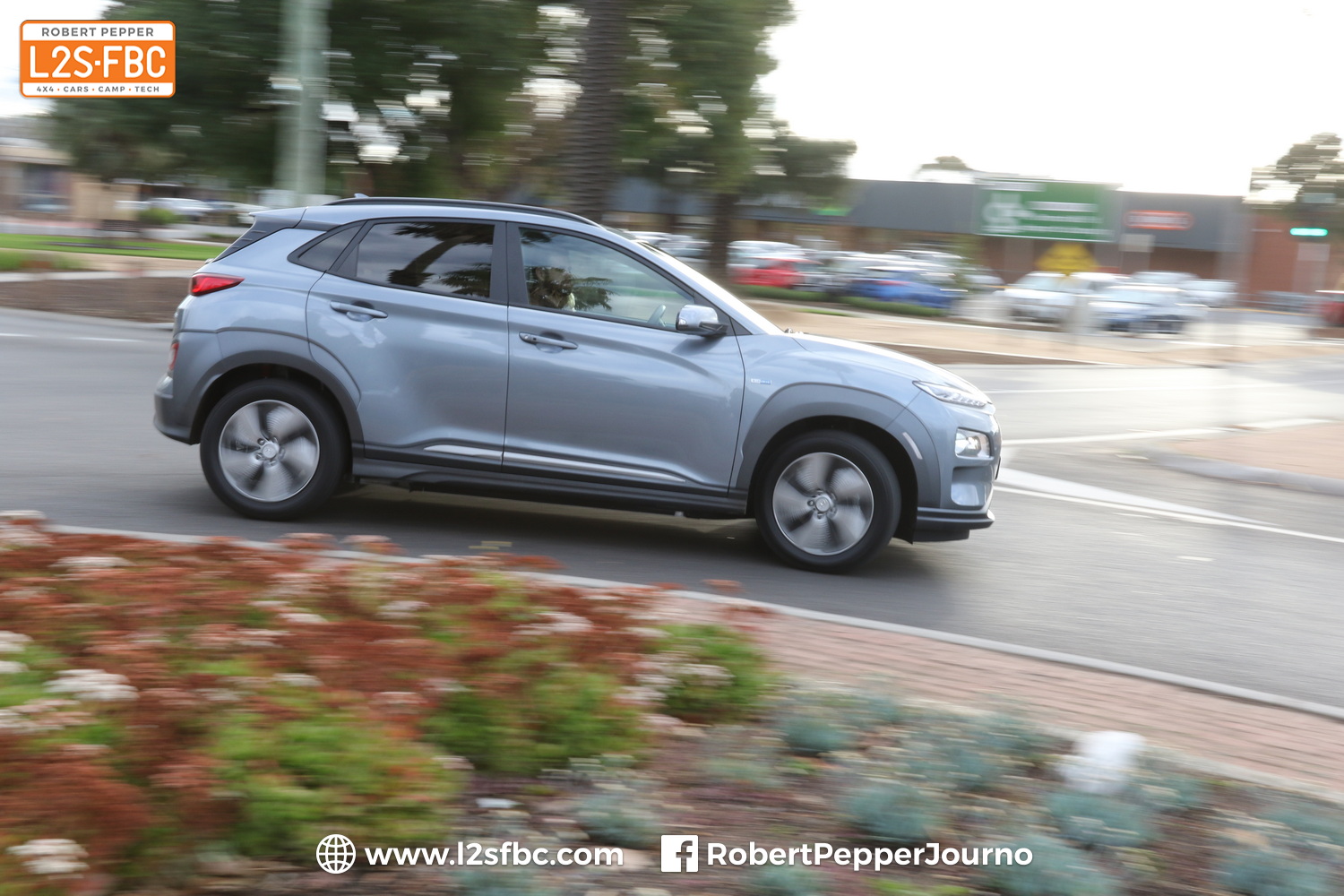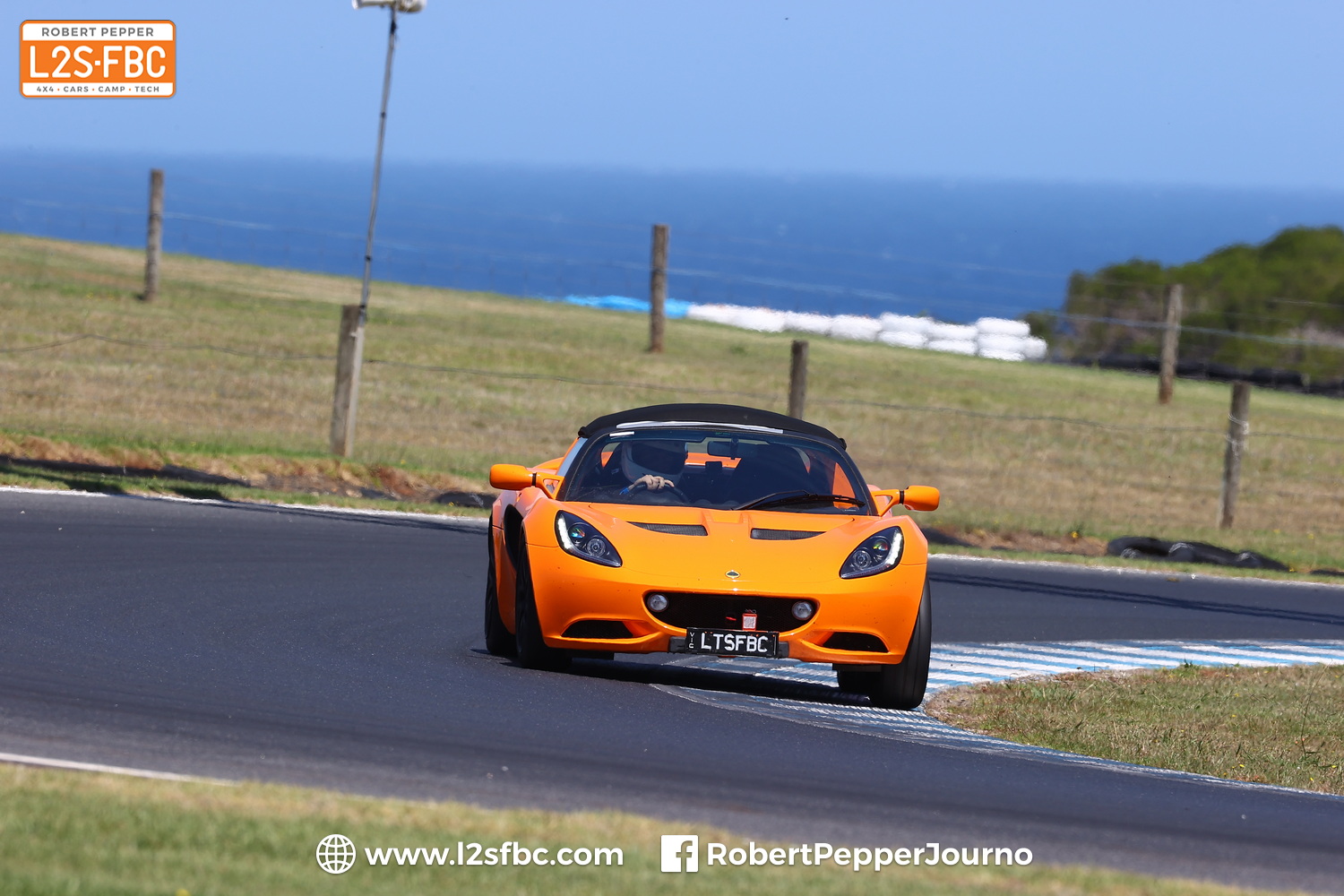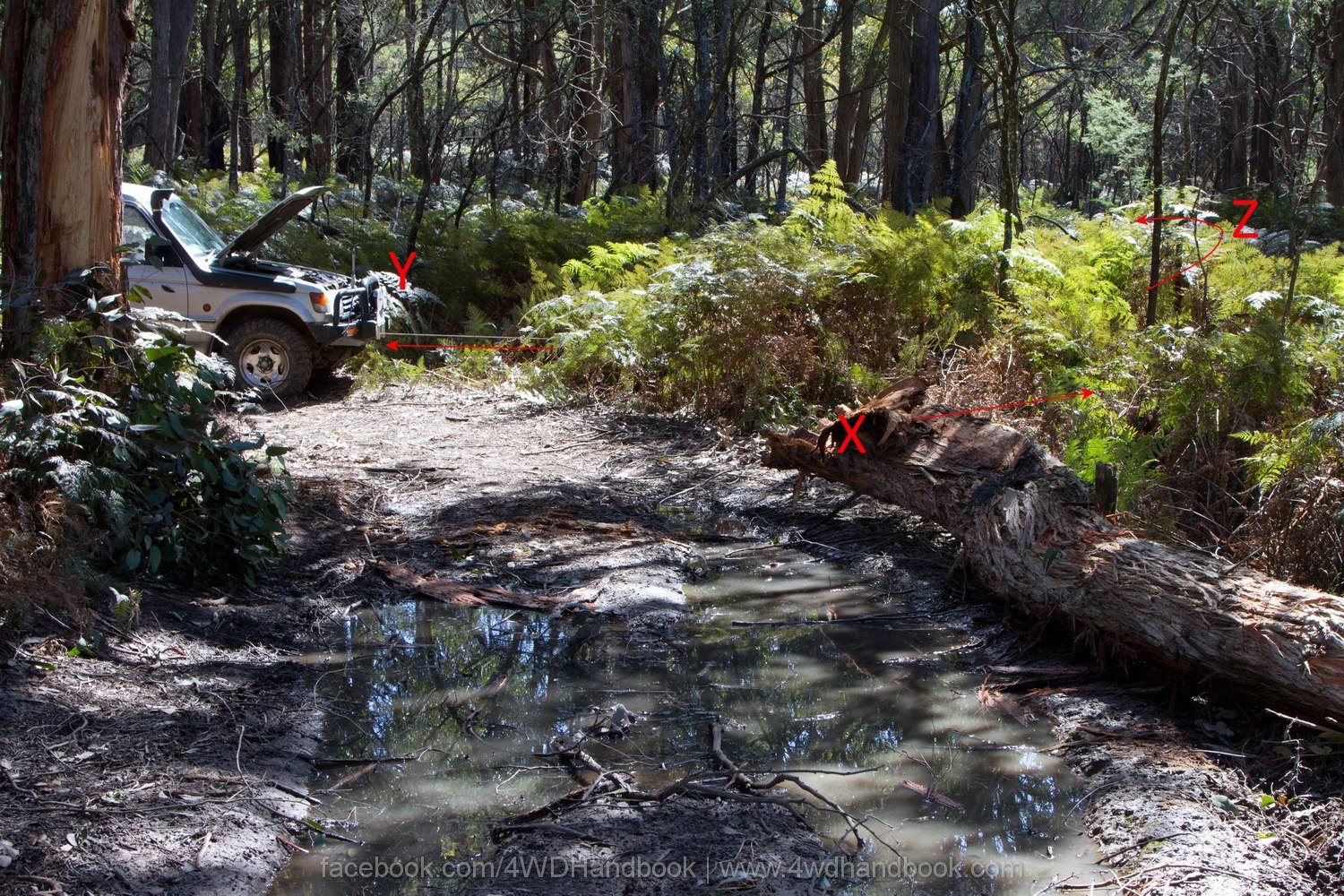
Do EVs wear their tyres more than ICE vehicles?
How do you tell if someone is irrationally against electric vehicles and doesn’t understand cars?
They argue electric vehicles are environmentally unfriendly because they wear their tyres and brakes more than ICE cars.
There is actually a tiny amount of truth to this argument for tyres. The following three facts are true:
1. The greater weight of the EV vs ICE equivalent means greater tyre wear
2. Potential use of quick EV acceleration means increased tyre wear
3. EV tyres are often low rolling resistance which will compromise other factors, possibly including tyre life. For example, tread depth may be reduced so the tyre wears to the minimum quicker.
However. While each of the three factors is true, they’re all really quite microscopic and anyone that advances any of these arguments is showing their colours as anti-EV looking for reasons to support their existing position. So, ignore. It’s like saying if you drive around with your fuel tank 1/4 full you’ll use less fuel than if the car was filled up…yes, but it’s so tiny a difference you’d never notice.
Also ignore the one about increased brake wear…anyone that brings that up really is dumb because as we know, regen is a thing so EVs actually wear the brakes less. Much less.
However, EV people are also prone to claim tiny differences as important. The difference in brake wear as an environmental damage as like the tyre thing, it’s a tiny tiny factor. And, they also cannot claim EVs are smoother to operate therefore significantly less tyre wear…any such differences are tiny. Tyre pressures, driving style, road type and more make much bigger differences.
There are real pros and cons to EVs and ICE, but let’s focus on the ones that matter, and the relative environmental effect of brake wear and tyre wear between ICE and EV simply isn’t anything to worry about.



1 Comment
by chris
some inaccuracies about solar. on average in winter most places in australia get peak sun hrs of about 7hr per day(the period when a panel is producing the maximum it can) so a 10Kw array will produce 70kwh of energy for that period the closer to the equator the higher the hrs per day and summer is more than winter and the panel is producing from daylight til dusk of course those hrs either side of peak are at a lower rate but it still adds up. it wouldnt be practical to charge a ev from portable solar or wind but you could certainly power your camp-site.
you can easily have 600w of solar that folds up not much bigger than one of those blow mold camping tables.
for the home owner its easy to charge a electric vehicle at home and offset its use with solar the average house has the roof space for a 6 to 10kw system install a proper ev charger and your in business. and if your putting in a new solar system add a battery storage too so you get the most from your investment instead of the power company